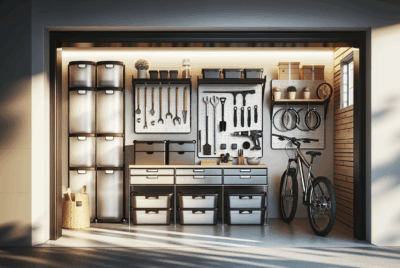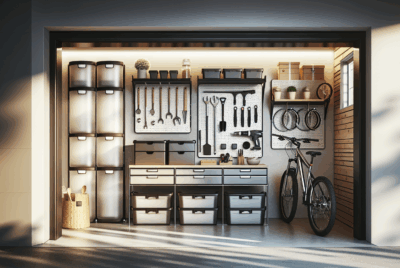How To Fix Garage Door Sensor
As an Amazon Associate, I earn from qualifying purchases, at no additional cost to you. Disclaimer
I recently had a frustrating issue with my garage door sensor, causing it to malfunction and preventing my garage door from closing properly. After some research and troubleshooting, I discovered a simple and effective method to fix the garage door sensor. In this article, I will share my step-by-step guide on how to fix a garage door sensor, providing you with the knowledge and confidence to tackle this common issue on your own. So let’s get started and get that garage door back in smooth working order!

Understanding the Garage Door Sensors
What are Garage Door Sensors?
Garage door sensors are an essential safety feature of any automatic garage door system. These sensors, also known as photoelectric sensors, are designed to detect any objects or obstructions in the path of the garage door. They work in a pair, with one sensor emitting an invisible beam of light and the other sensor receiving it. If the beam of light is interrupted, it signals the garage door opener to stop closing or to reverse its direction, thereby preventing any accidents or damage.
How Do Garage Door Sensors Work?
Garage door sensors work on a simple principle of infrared technology. The sending sensor sends out an invisible infrared beam, which is received by the receiving sensor. When the beam is interrupted by an object or obstruction, the receiving sensor no longer detects the beam and sends a signal to the garage door opener to stop or reverse its movement. This mechanism ensures the safety of people and property by preventing the door from closing on anyone or anything in its path.
Types of Garage Door Sensors
There are two common types of garage door sensors available in the market – the Reflective Sensors and the Non-Contact Sensors.
-
Reflective Sensors: These sensors consist of only one unit, which has both the sending and receiving components. The unit is mounted on the garage door track, and a reflector is placed on the opposite side. The beam of light emitted by the sensor reflects off the reflector, and if this reflection is interrupted, it triggers the safety mechanism of the garage door.
-
Non-Contact Sensors: These sensors have separate units for sending and receiving. One unit is mounted on one side of the garage door, and the other is placed on the opposite side. The beam of light is emitted from one unit towards the other, and when the beam is broken, it signals the garage door opener to stop or reverse its movement.
Common Problems with Garage Door Sensors
Despite their straightforward functionality, garage door sensors can encounter a few common problems. Some of these include misalignment, dirt or debris blocking the sensors, faulty wiring, power supply issues, and sensor malfunctions. It is important for homeowners to be aware of these problems in order to troubleshoot and resolve them effectively.
Safety Measures before Starting Repair
Ensuring Personal Safety
Before attempting to repair or fix any garage door sensor issues, it is crucial to prioritize personal safety. This involves wearing protective gear such as safety goggles and gloves to protect against potential hazards. Additionally, it is important to disconnect the power supply to the garage door opener to prevent accidental activation while working on the sensors.
Disconnecting Electrical Power
To disconnect the electrical power, locate the power cord of the garage door opener and unplug it from the electrical outlet. This step is essential to prevent any accidents caused by the motorized movement of the garage door during the repair process.
Keeping the Required Tools Handy
To ensure a smooth repair process, it is important to have the necessary tools handy. These may include a screwdriver, cleaning cloth, a ladder or step stool (if needed for accessing high-mounted sensors), and any replacement parts or components that may be required based on the specific problem encountered with the garage door sensors.

Inspecting the Garage Door Sensor
Visually Checking the Sensors
Before proceeding with any repairs, it is important to visually inspect the garage door sensors. Look for any visible signs of damage, misalignment, or excessive dirt or debris accumulation on the sensors. This initial inspection will help determine the extent of the problem and guide the next steps of the repair process.
Identifying a Faulty Sensor
During the inspection, if any physical damage or signs of malfunction are detected, it is likely that one or both of the sensors may need to be replaced. However, before proceeding with a replacement, it is advisable to clean and align the sensors to ensure that the problem is not due to dirty or misaligned sensors.
Cleaning the Garage Door Sensors
Tools Needed for Cleaning
To effectively clean the garage door sensors, you will need a clean, lint-free cloth or microfiber cloth, and a mild cleaning solution such as water mixed with a small amount of dish soap or glass cleaner. Avoid using harsh chemicals or abrasive materials that may damage the sensors.
Steps to Clean Garage Door Sensors
- Start by preparing the cleaning solution by mixing the mild cleanser with water.
- Use the cloth dampened with the cleaning solution to gently wipe away any dirt or debris on the sensors. Ensure that both the sending and receiving sensors are thoroughly cleaned.
- Pay special attention to any areas where dirt or residue may have accumulated, such as the lenses of the sensors.
- Once the sensors are cleaned, use a dry cloth to wipe away any remaining moisture and ensure they are completely dry before proceeding to the next steps.
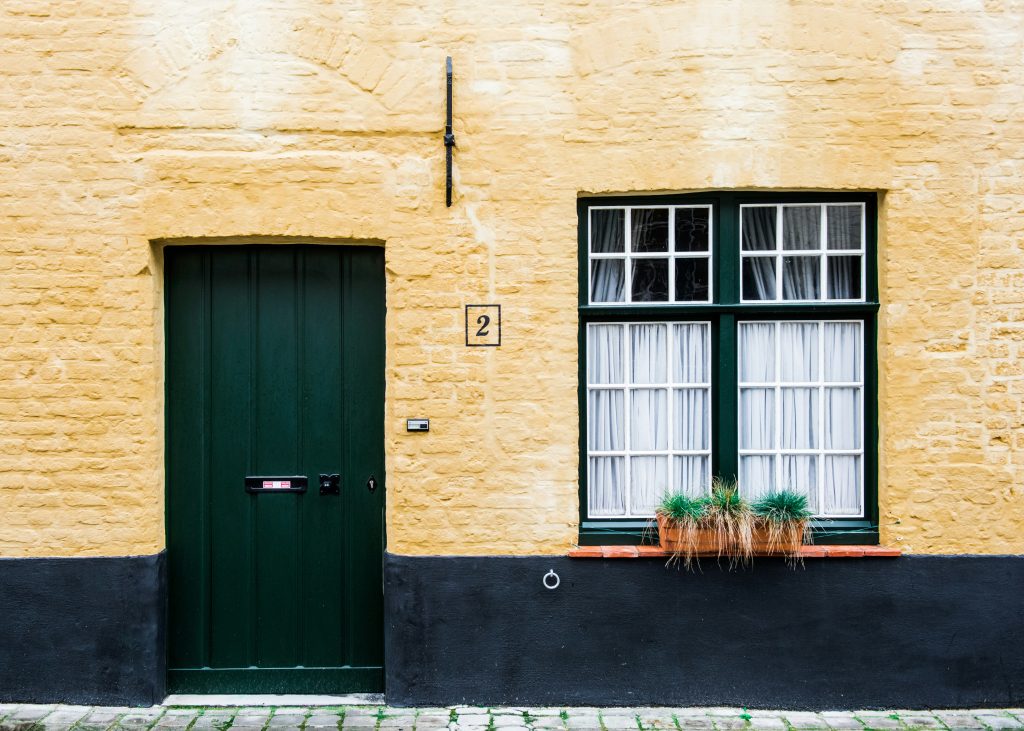
Aligning the Garage Door Sensors
Tools Needed for Aligning
To align the garage door sensors, you will need a measuring tape or ruler, a screwdriver, and a level.
Steps to Align Garage Door Sensors
- Begin by measuring the distance between the bottom of each sensor and the ground. Use the measuring tape or ruler to ensure that both sensors are at the same height.
- Use the level to check if the sensors are vertically aligned. Adjust the position of the sensors by loosening the mounting screws with the screwdriver and moving them until they are perfectly level.
- After adjusting the sensors, tighten the mounting screws to secure them in place. Use the level again to ensure that they remain properly aligned.
Testing the Garage Door Sensors
Running the Basic Tests
After cleaning and aligning the garage door sensors, it is crucial to test whether they are functioning properly. Perform the following basic tests to ensure that the sensors are detecting obstacles correctly:
- Stand outside the garage and close the garage door using the remote control or wall button.
- Wave a long object, such as a broomstick, in front of the sensors. The garage door should immediately stop closing and reverse its movement.
- Repeat the test by closing the garage door from the inside. This will ensure that the sensors are working correctly from both sides.
Performing Advanced Sensor Tests
If the basic tests indicate that the sensors are functioning properly, consider performing advanced sensor tests to ensure their reliability in various scenarios. These tests may include:
- Closing the garage door halfway and placing an object in the path of the sensors. The garage door should not close fully and should reverse upon detecting the object.
- Testing the response time of the sensors by placing an object in the path of the closing garage door at various distances. The garage door should reverse its movement before making contact with the object.
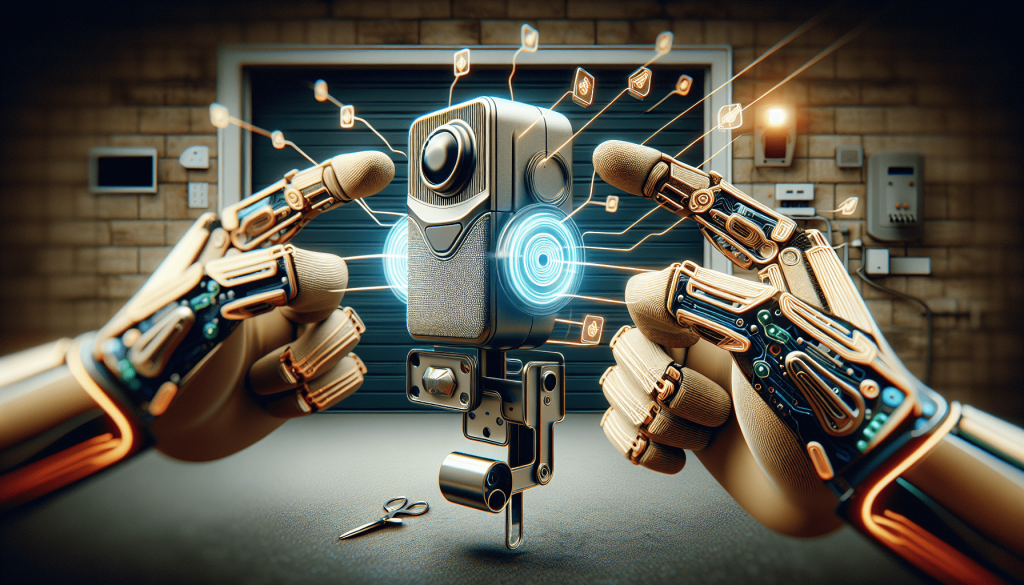
Fixing Wiring Issues Linked to Garage Door Sensors
Identifying a Wiring problem
If the garage door sensors still do not function properly after cleaning, aligning, and testing, it is possible that there may be a wiring issue. Look for any visible signs of frayed or damaged wires, loose connections, or exposed wiring. These can often be the cause of sensor malfunctions.
Steps to Repair Wiring Issues
If a wiring problem is identified, follow these steps to repair it:
- Ensure that the power supply to the garage door opener is disconnected before starting any repairs.
- Carefully examine the wiring connections of the sensors. If any wires are loose or disconnected, reattach them securely.
- If frayed or damaged wires are found, they may need to be replaced. Cut the damaged portion of the wire and strip the insulation from the ends. Connect the new wire to the existing wiring using wire connectors or electrical tape.
- Ensure that all wiring connections are secure and free from any potential hazards such as sharp edges or exposed metal.
- Once the wiring issues are resolved, perform the tests again to ensure the proper functioning of the garage door sensors.
Replacing the Garage Door Sensor
When to Consider Replacing Your Sensor
If all previous repair attempts fail to resolve the issues with the garage door sensors, it may be necessary to replace them entirely. Consider replacing the sensors in the following situations:
- The sensors are severely damaged or broken beyond repair.
- Cleaning, aligning, and repairing the sensors have not resolved the issues.
- The sensors are outdated or no longer compatible with the garage door opener.
Steps to Replace a Garage Door Sensor
To replace a garage door sensor, follow these steps:
- Disconnect the power supply to the garage door opener for safety purposes.
- Remove the old sensors by disconnecting the wiring connections and removing any mounting screws or brackets.
- Attach the new sensors in the same locations where the old sensors were mounted. Ensure that the wiring connections are secure.
- Align the new sensors according to the previous guidelines.
- Reconnect the power supply and test the new sensors to ensure proper functionality.
Installing a New Garage Door Sensor
If a garage door sensor was not previously installed or needs to be installed in a different location, follow these steps:
- Choose the appropriate location for the sensor, considering factors such as the height and position in the garage door opening.
- Mount the sensor at the desired location using the provided brackets or screws.
- Connect the wiring according to the manufacturer’s instructions, ensuring that the connections are secure.
- Align the sensor to ensure optimal performance.
- Test the newly installed sensor to ensure its proper functioning.
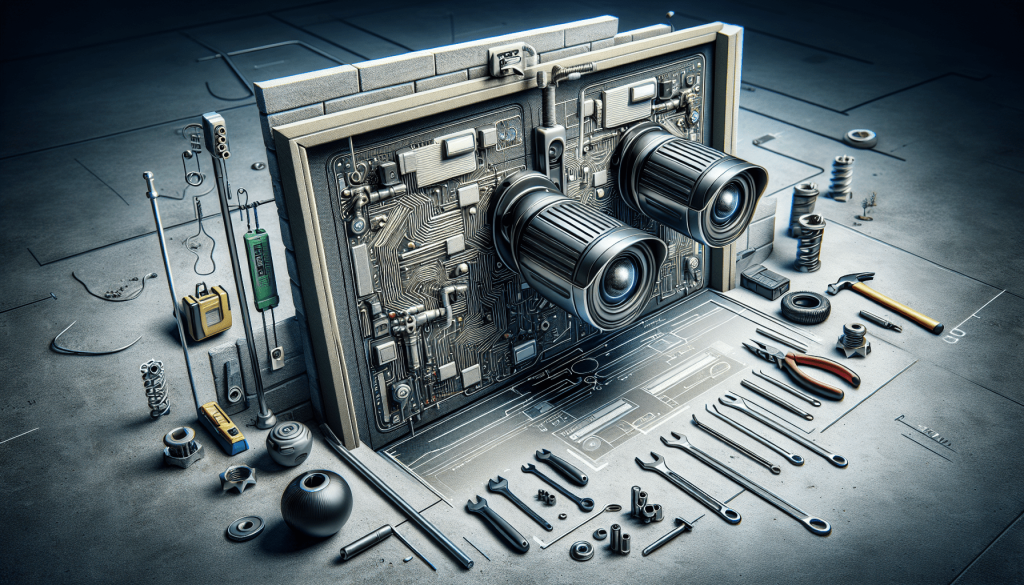
Understanding Advanced Garage Door Sensor Issues
Common Advanced Sensor Issues
Advanced garage door sensor issues may include intermittent malfunctions, false detections, or inconsistent performance. These issues can be more complex and may require professional assistance or advanced troubleshooting methods to resolve effectively.
How to Resolve These Advanced Problems
When facing advanced garage door sensor issues, it is recommended to seek assistance from a qualified professional or garage door specialist. They will have the expertise and knowledge to diagnose and resolve complex sensor problems. Attempting to troubleshoot or fix advanced sensor issues without the necessary expertise can potentially lead to further damage or safety hazards.
Maintenance and Prevention of Sensor Problems
Routine Sensor Maintenance Tips
To prevent sensor problems and ensure their optimal performance, regular maintenance is essential. Here are some maintenance tips to follow:
- Regularly clean the sensors using a cloth to remove any dust, dirt, or debris that may accumulate on the lenses.
- Check for any loose or damaged wiring connections and repair them promptly.
- Inspect the sensors for signs of damage, such as cracks or water infiltration, and replace them if necessary.
- Test the sensors periodically to ensure that they are functioning properly.
Preventing Future Garage Door Sensor Issues
In addition to routine maintenance, certain preventive measures can help minimize the occurrence of garage door sensor issues. These include:
- Being mindful of the garage door sensors’ location and ensuring that they are not obstructed by any objects or debris.
- Keeping the sensor lenses clean to prevent false detections or malfunctions.
- Avoiding any physical damage to the sensors during regular use or maintenance.
- Regularly inspecting the garage door tracks, springs, and other components to prevent any misalignment or mechanical issues that may affect the sensors.
By following these maintenance and prevention tips, homeowners can extend the lifespan of their garage door sensors and enjoy the safety and convenience of their automatic garage door system for years to come.



